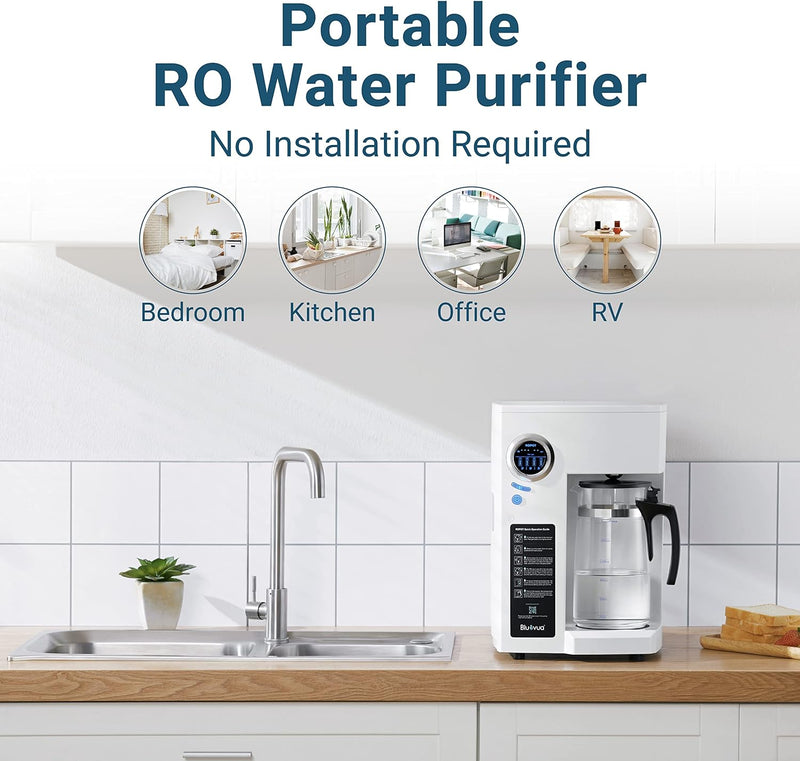The Science Behind Reverse Osmosis: How It Purifies Your Drinking Water
الجسم
In today's world, ensuring access to clean drinking water is more critical than ever. One of the most effective methods for achieving this is through reverse osmosis water filter systems. But what exactly is reverse osmosis, and how does it work to purify your drinking water? This article delves into the science behind this remarkable filtration process.

Understanding Reverse Osmosis Water Filter Systems
Reverse osmosis is a water purification technology that utilizes a semipermeable membrane to remove impurities from water. The process involves applying pressure to the water, forcing it through the membrane, which allows only water molecules to pass while blocking larger molecules, contaminants, and impurities. This method is particularly effective in removing:
- Salts and minerals
- Heavy metals
- Bacteria and viruses
- Chlorine and other chemicals
As a result, the water that emerges from a reverse osmosis water filter system is significantly purer and safer for consumption.
How Does Reverse Osmosis Work?
The process of reverse osmosis can be broken down into several key steps:
- Pre-filtration: Before water reaches the reverse osmosis membrane, it typically passes through pre-filters that remove larger particles and chlorine, which can damage the membrane.
- Pressurization: The water is then pressurized, which is essential for overcoming the natural osmotic pressure and forcing the water through the membrane.
- Filtration: As the water passes through the semipermeable membrane, contaminants are left behind, while clean water flows through.
- Post-filtration: Finally, the purified water may go through additional filters to enhance taste and remove any remaining impurities.
This multi-step process ensures that the water you drink is not only clean but also tastes great.
Benefits of Using Reverse Osmosis Water Filter Systems
Investing in a reverse osmosis water filter system offers numerous advantages:
- Improved Water Quality: The system effectively removes a wide range of contaminants, ensuring high-quality drinking water.
- Cost-Effective: Over time, using a reverse osmosis system can be more economical than purchasing bottled water.
- Environmental Impact: Reducing reliance on bottled water helps decrease plastic waste.
- Convenience: Having a filtration system at home means you always have access to clean water.
Choosing the Right Reverse Osmosis Water Filter System
When selecting a reverse osmosis water filter system, consider factors such as the system's capacity, the number of filtration stages, and ease of installation. For a reliable option, you might want to explore the  , which is designed to provide excellent purification while being user-friendly.
, which is designed to provide excellent purification while being user-friendly.
In conclusion, understanding the science behind reverse osmosis water filter systems empowers you to make informed decisions about your drinking water. By investing in such a system, you not only enhance your health but also contribute to a more sustainable future.










تعليقات